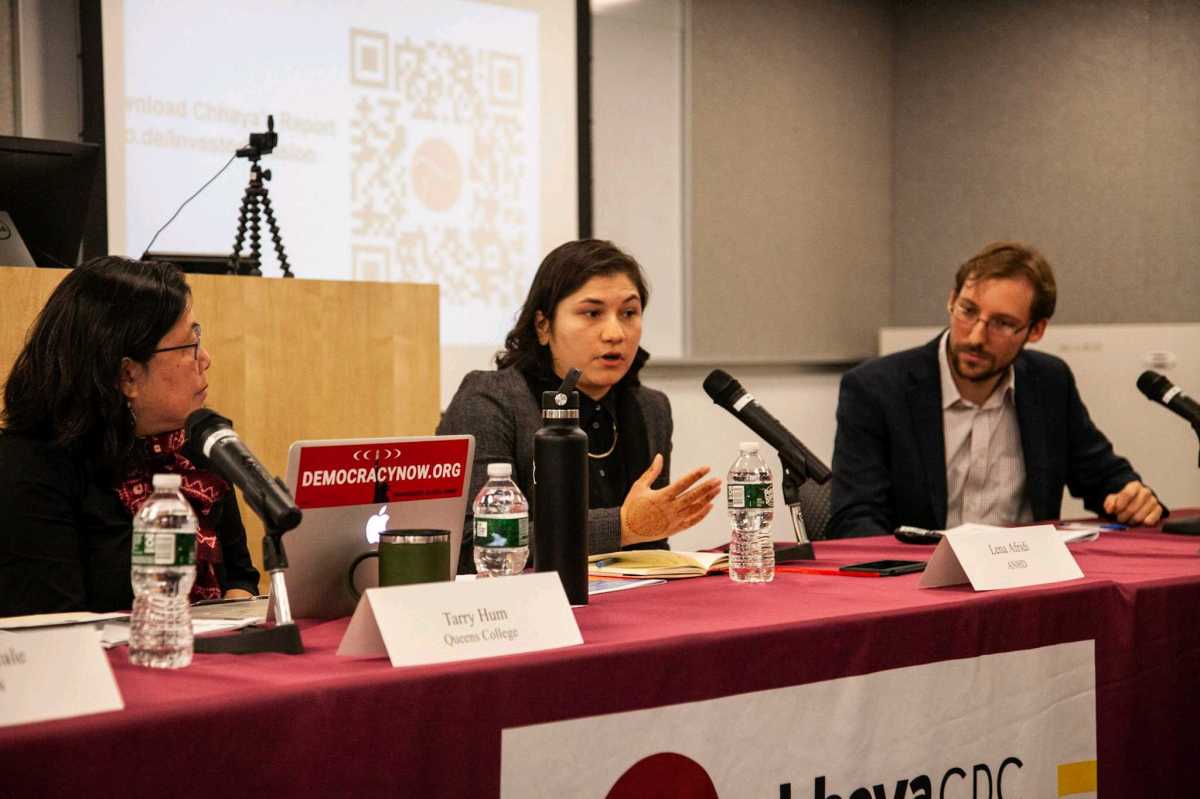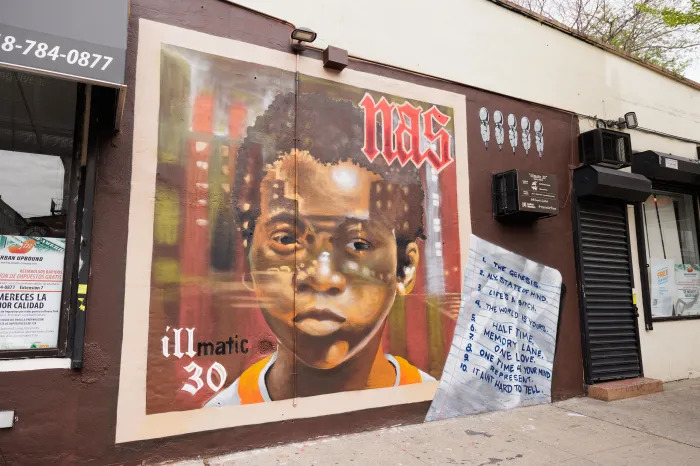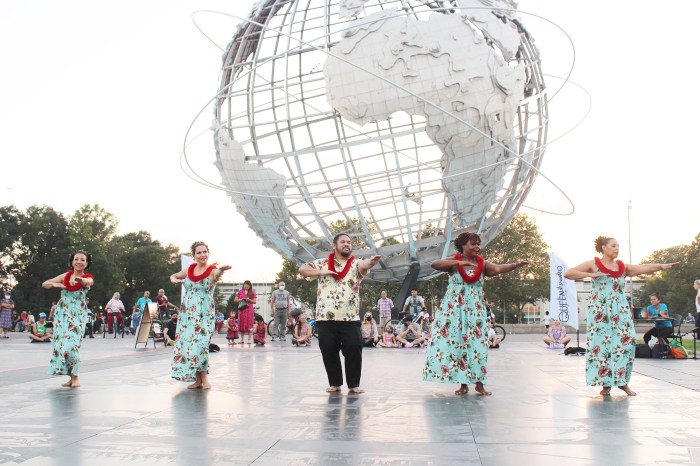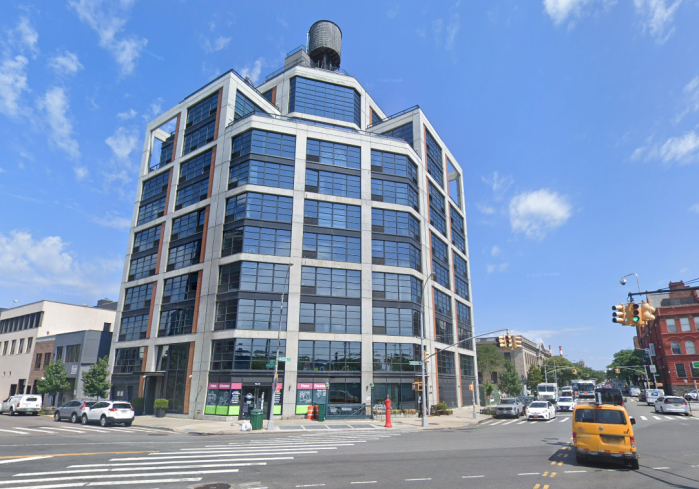Half of the total of New York City’s single family homes — more than any other borough — are located in Queens.
For decades, this fact has contributed to its reputation as an affordable place to settle down and raise a family, and attracted immigrant communities across the world who put down roots here in hopes of building their assets through homeownership.
But in the wake of the post-2008 economic recovery, Queens has been attracting a new kind of resident: investors.
Queens is on the front lines of home purchases by real estate investors, which have doubled across the city since the financial crisis. To address this issue, Chhaya CDC and CUNY School of Law hosted a panel discussion in Long Island City that tracked the data behind the increase in investor activity in the Queens small homes market.
“It can feel really frustrating and sometimes like standing at the ocean and tell it to turn back, in this work. But also we are here became we are hopeful that there are things that can be done. That there are policy changes that can be made to change this trend,” said Annetta Seecharran, the Chhaya CDC’s executive director.
Chhaya — a Queens-based social services organization that runs programming focused on helping members of the South Asian community become homeowners — recently released a report called Investor Invasion, which revealed the extent to which speculators enter the borough’s housing market to buy one-and-two-family houses and proposed policy solutions to counteract this trend.
It found that today nearly one in three homes in Corona that go to market are purchased by investors. As of 2017, it’s almost one out of every four in Elmhurst, and one out of every five homes on the market in Richmond Hill.
Chhaya’s William Spisak also pointed out that South Jamaica had one of the highest rates of home-flipping in the country, according to data he found through Attom Data Solutions.
Panelist Lena Afridi, director of policy at the Association for Neighborhood & Housing Development, sought to weave the trend into the greater context of how the problem spirals out into the rental market and the broader problem of the city’s growing economic inequality.
Afridi recalled an anecdote of growing up in a one-to-four family home in Flushing. She said her family had a neighborhood landlord that would would allow them to owe rent on the months when they came up short based on their personal relationship. Afridi said that this relationship saved her family from eviction.
“When that relationship ended it created this extra level of precarity. It’s hard to quantify that,” Afridi said.
The panel did not stop at identifying the problems surrounding investor-led speculation. They went on to propose solutions that included community land trusts, more affordable housing programs aimed at homeownership, a home flipping tax and property tax reforms that would distinguish between homeowners, neighbor landlords and professional landlords.
At the end of the discussion, members of the audience got an opportunity to bring up other policies they wanted to suggest to the Chhaya. Dominic Stiller, a member of Community Board, said he would like to see New York to follow in the lead of Minneapolis, the first U.S. city to end single-family home zoning, a policy that would allow more homes on land zoned for single-family home. He added that this would include the movement to legalize basement dwellings.
“Our plan is to make this a big issue in leading up to the mayoral election in hoping that the next mayor will see this as a goal,” said Annetta Seecharran.



































